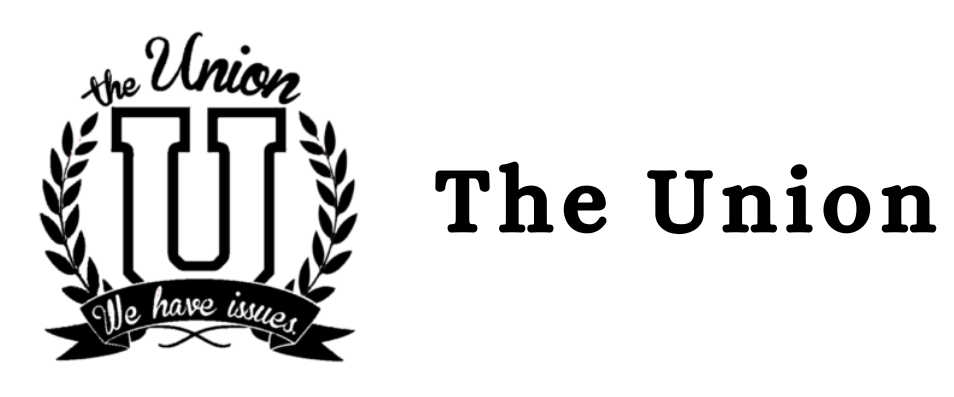The district is currently in deficit spending, where its expenditures exceed the revenues it receives from the state, federal, and local sources MUSD Chief Business Officer Dorothy Reconose said.
Since 86% of the District’s budget is allocated towards teachers and staff and costs are rising, the budget has a huge impact on students’ opportunities and well-being, Reconose said.
“So the negative is what we call deficit spending, … meaning we’re spending more than the money coming in,” Reconose said. “And you know that doesn’t happen overnight, right? So it’s a series of previous spending that when our expenditures keep growing every year, we have costs or positions.”
While these issues may seem pressing, the district is actively working to fix the financial situation, Superintendent Cheryl Jordan said. Leaders are actively advocating for more stable funding at the state and federal levels, while also encouraging creative local solutions, Jordan said.
“We can advocate at the very local level with our parent, teacher, and student associations,” Jordan said. “We can advocate at the city level, at the county level, and at the state level. And we can advocate with other school administrators (and) with other board members as a collective”.
Beyond advocacy, MUSD also makes sure to allocate funds and resources properly, Jordan said.
“So essentially, our five strategic goals are what should be guiding all of our expenditures,” Jordan said. “So if there’s something that we want to spend money on, then the first question we need to ask ourselves is, ‘Which one of our five strategic goals does that meet? Does it meet building a Culture of We, does it improve communications?’”
Following these goals also means finding replacements for ineffective or outdated programs, Jordan said.
“I’ve been talking with our district leaders about (how) we (have to) find something better than that (Iready)” Jordan said. “When we do find someone that’s better than that, well then that thing is where we’re going to invest our money because they’ll do a better job of keeping our learners engaged so that by the time they’re in sixth grade, they’re not bored with it.”
With these financial challenges, the district is also looking for new ways to generate revenue to alleviate the financial burden, Reconose said.
“There are a lot of small grants that are happening around (high schools),” Reconose said. “A lot of private organizations are offering grants for schools and sometimes it’s specific to some program that’s running in high school.”
The school district has a systematic issue of underfunding, so although small grants help in the short term, there needs to be a long-term change, Johari said.
“One thing that’s really important for students to know is that our current public education model is underfunded, for us to be able to do all the things to meet the needs of our current students who come in at varying levels of readiness, to both support acceleration as well as support students getting supports just in time, supporting our neurodivergent students.”
The school district’s financial well-being affects students’ and teachers’ lives so Reconose encourages students to be proactive about seeking out grant opportunities and doing their own fundraising Reconose said.
“Every little bit helps, and schools that are proactive about local funding can create more opportunities for their students,” she said.

